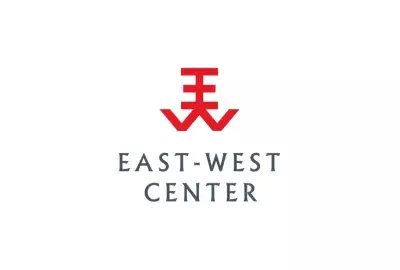
The HIV epidemic varies widely across Asia. Cambodia, Myanmar, and Thailand have the highest prevalence levels in the region-at around 2 percent of the adult population-followed closely by India. By contrast, Bangladesh, Lao PDR, and the Philippines have some of the lowest HIV rates in the world. China, Indonesia, Nepal, and Vietnam have epidemics in transition, characterized by recent increases in infection levels after an extended period of low prevalence. HIV in Asia is characterized by linked sub-epidemics among three at-risk populations: clients and sex workers (by far the largest group), injecting drug users, and men who have sex with men. When these groups are combined, together with the wives of men who visit sex workers, between 7 and 25 percent of the adult population in Asian countries may be at risk of HIV.
While Asian epidemics will almost certainly never rise to the levels seen in Sub-Saharan Africa, prevalence rates for the region as a whole could easily reach 2-5 percent over the next decade if effective prevention programs are not implemented. And if Asia's two largest countries, China and India, reach prevalence levels of only 2–3 percent, they will account for more than half of all infections in the world.
Although the potential for expanding HIV epidemics is high, experience in Thailand and Cambodia shows that well-targeted prevention programs can be extremely effective. Other Asian governments need to build up and maintain focused prevention programs. Societies in Asia will bear much greater costs tomorrow, both in human and financial terms, should they fail to prevent expansion of the HIV epidemic today.
The HIV epidemic varies widely across Asia. Cambodia, Myanmar, and Thailand have the highest prevalence levels in the region-at around 2 percent of the adult population-followed closely by India. By contrast, Bangladesh, Lao PDR, and the Philippines have some of the lowest HIV rates in the world. China, Indonesia, Nepal, and Vietnam have epidemics in transition, characterized by recent increases in infection levels after an extended period of low prevalence. HIV in Asia is characterized by linked sub-epidemics among three at-risk populations: clients and sex workers (by far the largest group), injecting drug users, and men who have sex with men. When these groups are combined, together with the wives of men who visit sex workers, between 7 and 25 percent of the adult population in Asian countries may be at risk of HIV.
While Asian epidemics will almost certainly never rise to the levels seen in Sub-Saharan Africa, prevalence rates for the region as a whole could easily reach 2-5 percent over the next decade if effective prevention programs are not implemented. And if Asia's two largest countries, China and India, reach prevalence levels of only 2–3 percent, they will account for more than half of all infections in the world.
Although the potential for expanding HIV epidemics is high, experience in Thailand and Cambodia shows that well-targeted prevention programs can be extremely effective. Other Asian governments need to build up and maintain focused prevention programs. Societies in Asia will bear much greater costs tomorrow, both in human and financial terms, should they fail to prevent expansion of the HIV epidemic today.





